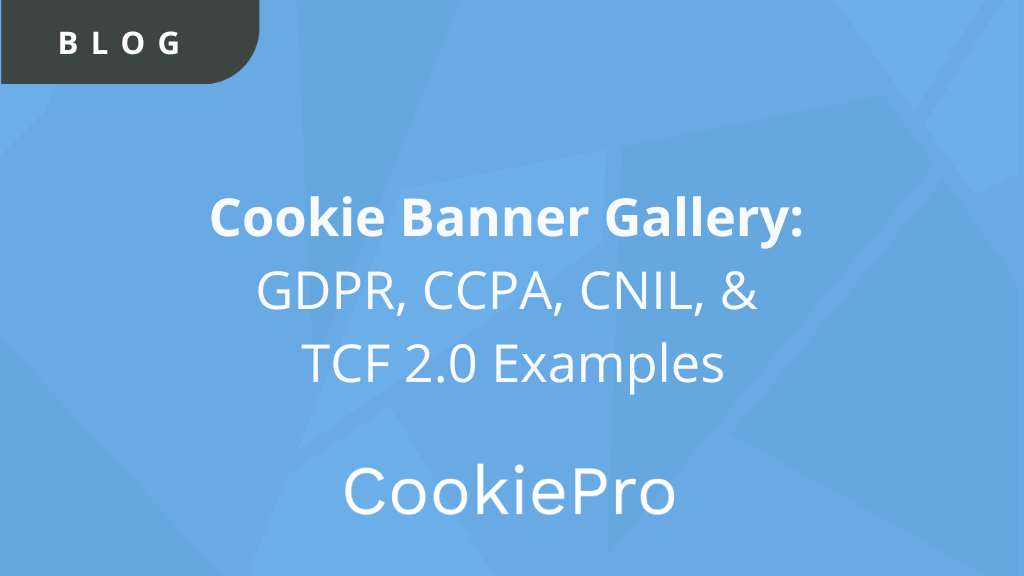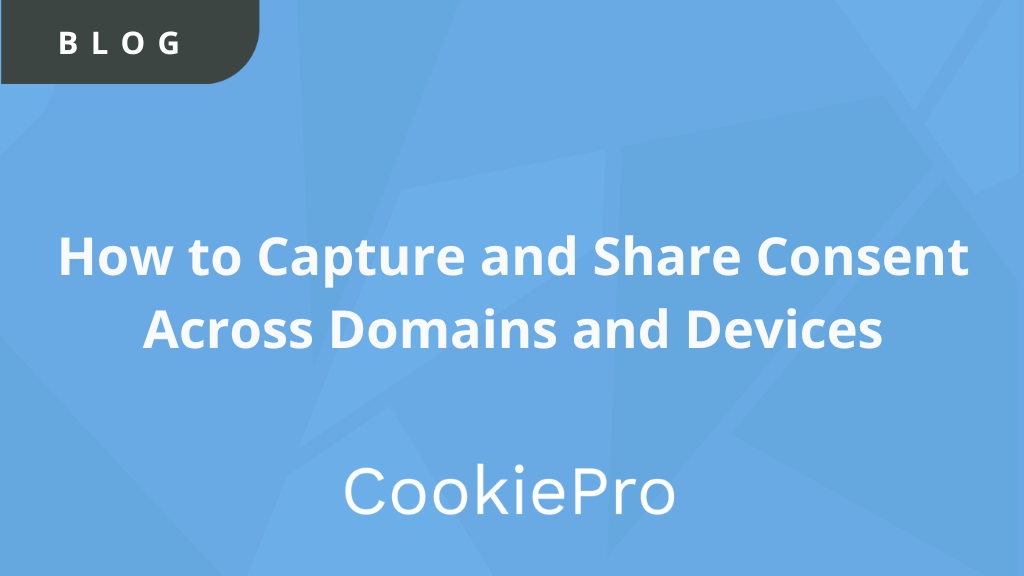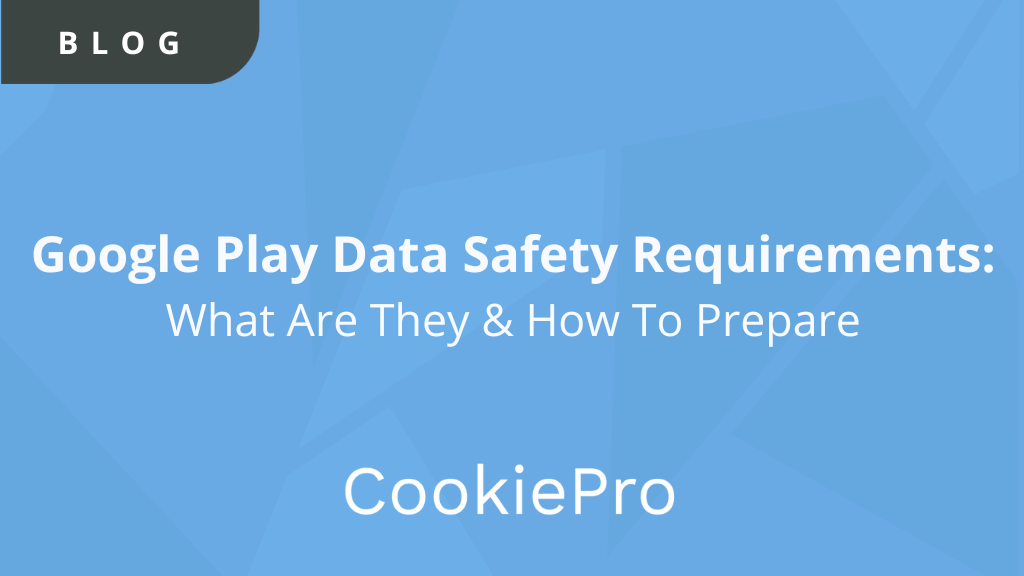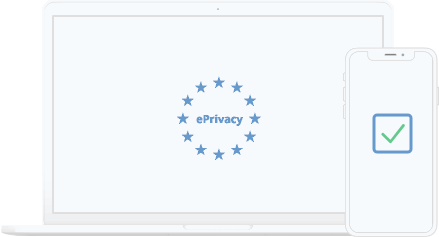
Time Remaining
What is the ePrivacy Regulation?
The ePrivacy Regulation is a law currently being constructed by the EU Commission. The ePrivacy Regulation complements the GDPR with a heavier focus on personal privacy, personal data, and confidentiality, specifically in electronic communication. Once applied, the ePrivacy Regulation will replace the 2002 ePrivacy Directive, also known as the Cookie Law. The EU cookie law, or ePrivacy Directive, is an older legal act, passed in 2002 and updated in 2009, which deals mainly with cookies, data retention, and unsolicited e-mailing.
-
Scan your website to detect and categorize cookies and other tracking technologies on your website.
-
Customize a cookie banner and preference center to provide visitors with the ability to provide consent to cookies.
-
Generate a detailed list of cookies, categories, and descriptions in dynamic cookie list.
-
Automate the intake and fulfillment of data subject requests.
Who will the ePrivacy Regulation Affect?
The territorial scope of the ePrivacy Regulation will apply to any business that provides any form of online communication service, uses online tracking technologies, or engages in online electronic marketing. Penalties for noncompliance can be up to €20 million.
From the latest draft, here's a list of of requirements:

Consent must be obtained prior to the setting of any cookies, except strictly necessary. Consent to the use of cookies must be given by means of a clear, affirmative action. Banners simply informing of the use of cookies or simply prompting to “accept cookies” will no longer do.
Inform and allow visitors to opt-out of the collection of their personal data when they visit your website.
- Scan your website to identify and categorize cookies and tracking technologies on your website
- Display a location-based cookie consent banner that auto-blocks cookies until the visitor opts-in or out of your cookie policy
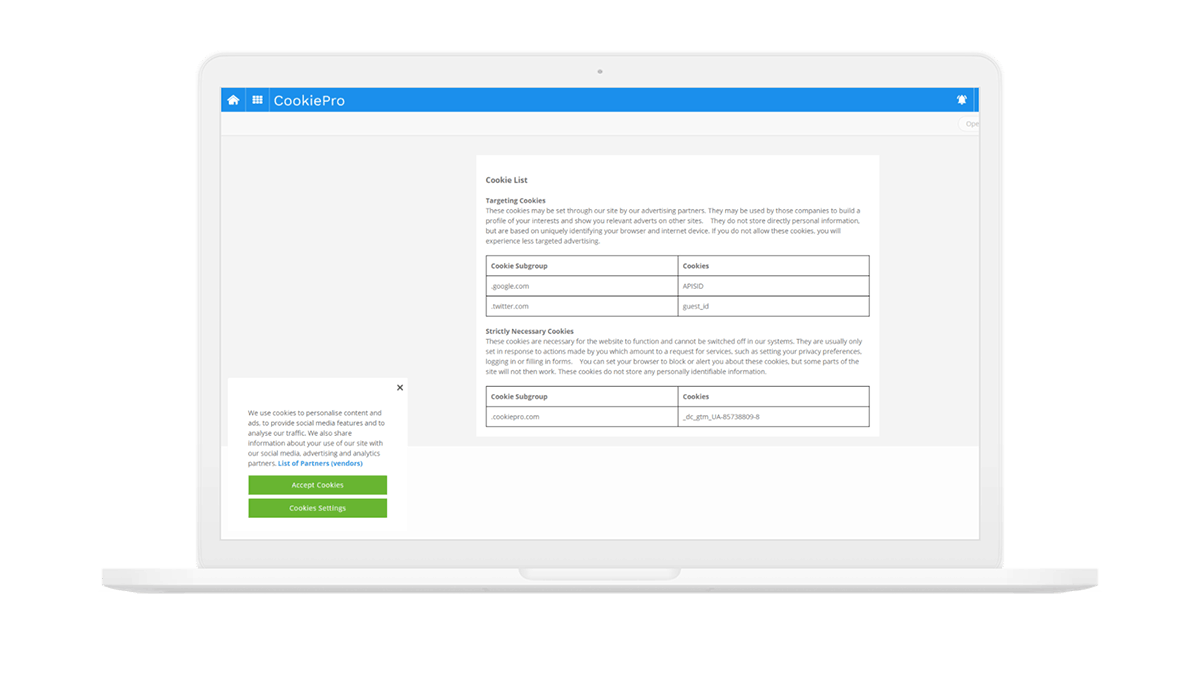
Website owners must be upfront about the cookies in use on their site and gain consent from users before dropping them.
Generate a dynamic cookie policy that is updated based on Cookiepedia, the largest database of cookies.
- Automatically generate a detailed list of cookies, categories, and descriptions in dynamic Cookie List based on your latest website scan.
- Once the disclosure is embedded on your website, you can easily update the content from the CookiePro interface at any time.
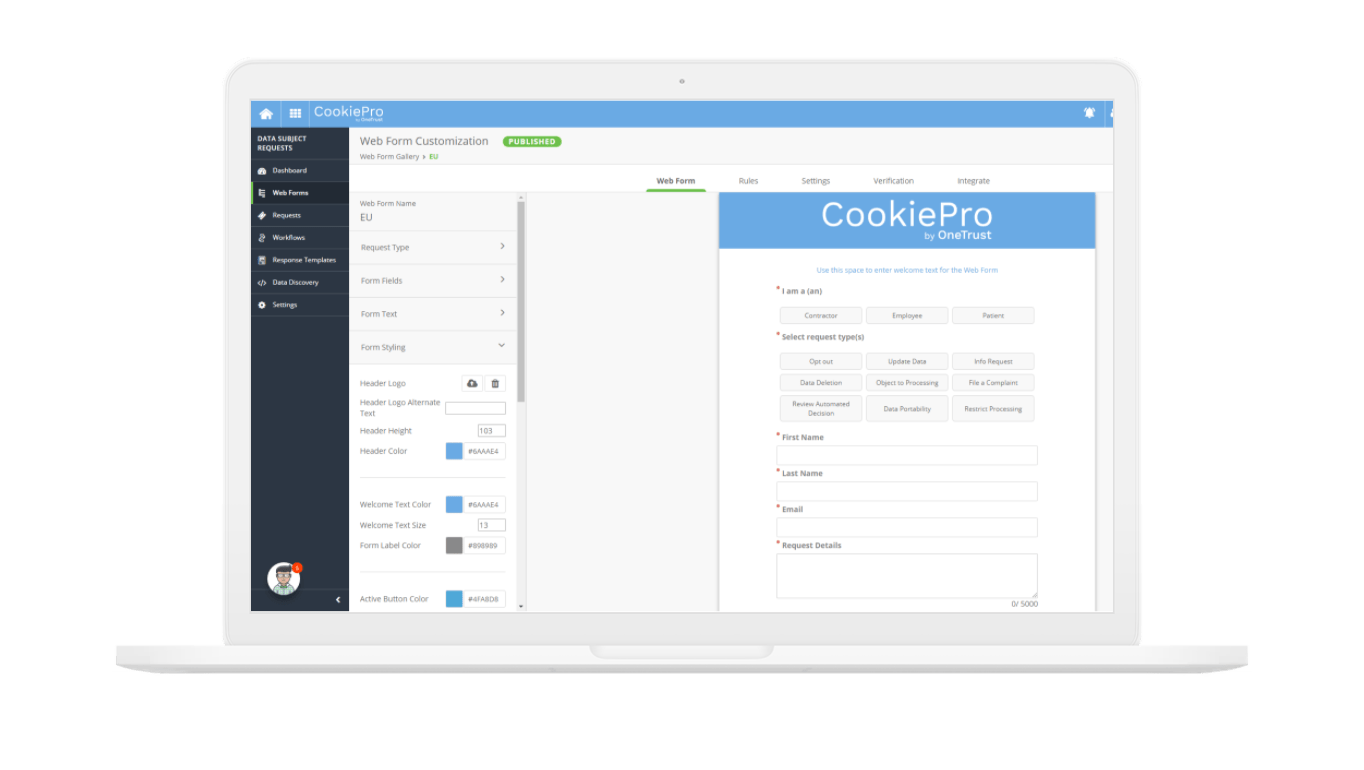
Providers of electronic communications services should allow users to access their held data and establish an internal workflow to respond to requests.
Intake and fulfill data subject requests for personal information access requests:
- Build a GDPR-specific request intake web form linked directly from your company’s website
- Centralize all subject access requests into a single queue
- Define an automated triage workflow for fulfilling requests
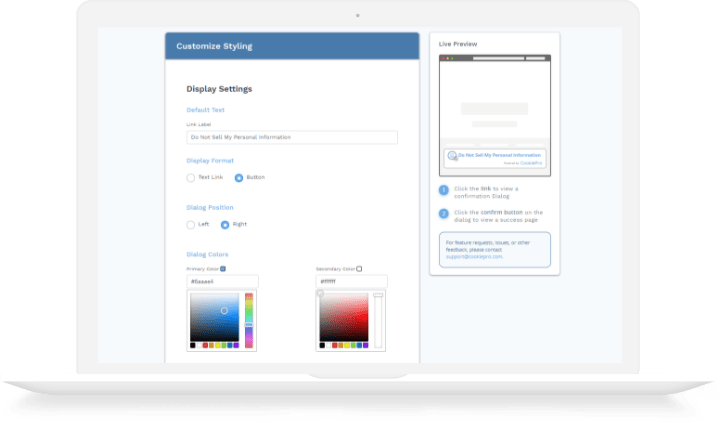
Get Started with CookiePro Today
Try the new CookiePro Opt-Out Builder to allow website visitors to opt-out of the sale of their personal information.




